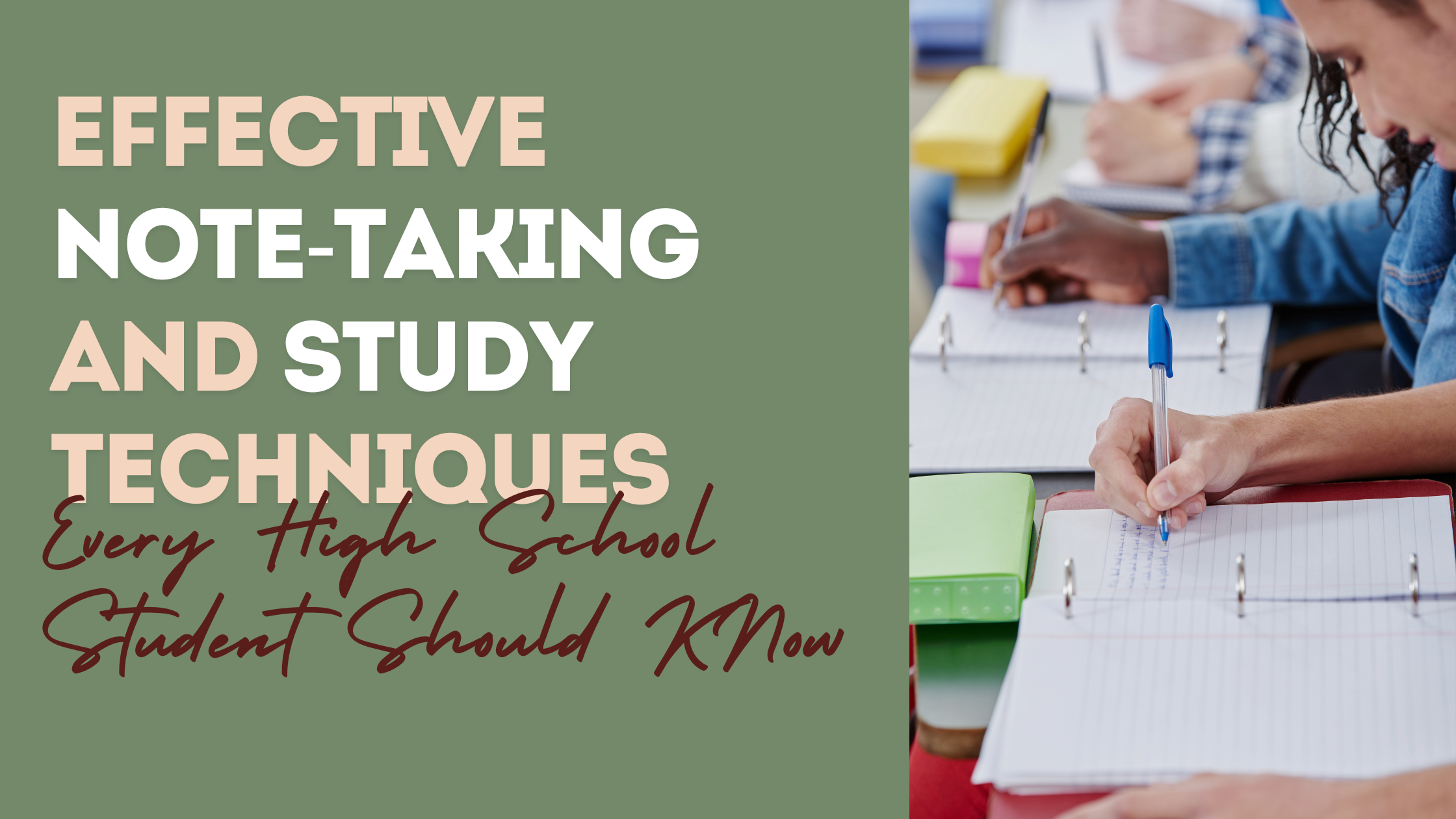Poor Study Habits & How to Fix Them Immediately: A Guide for Test-Prep Tutors
When a student insists, “I study all the time, but my score just won’t go up,” it’s usually not the amount of time they’re studying that’s the problem; it’s how they’re studying.
We see it all the time: high schoolers laboring through practice questions, rereading session notes, or staying up late with the best intentions, only to see little to no academic improvement. The truth is, most students aren’t lazy or bad students; they’re trapped in ineffective study habits that quietly undermine their effort.
Let’s look at some of the most common poor study habits we see during test prep, why they happen, and how you can help your students fix them immediately.
Cramming Instead of Spacing Practice
What it looks like: Students waiting until the week/day/night/hour before the test to “binge study.”
Why it fails: Cramming boosts short-term recall but does nothing for long-term retention. Information sticks just long enough to feel productive—and then disappears.
Fix: Introduce spaced repetition. Encourage your students to break practice into short, consistent sessions over a period of time. Schedule brief review cycles where missed concepts reappear every few days.
Practical Tip: Create a “mini-review loop” for each session: Quick warm-ups from the previous week, then new material, then a two-minute recap.
For a deeper look at why last-minute prep rarely pays off, read my post:
Passive Review (Rereading or Highlighting Without Thinking)
What it looks like: Students reread passages, highlight heavily, or flip through notes, hoping the important information will “stick.”
Why it fails: Recognition isn’t the same as recall. Passive review creates the illusion of mastery because the information feels familiar, but it doesn’t strengthen retrieval.
Fix: Swap passive study with active recall. Incorporate short quizzes, “teach-back” moments, or verbal explanations during sessions.
Practical Tip: Ask your students to explain a rule or strategy aloud in their own words—no notes, no prompts.
For more proven ways to strengthen retention, check out:
Multitasking During Study Time
What it looks like: Phones buzzing, music playing, computer tabs open, and attention divided.
Why it fails: Multitasking doesn’t make studying efficient; it makes it fragmented. The brain switches tasks rather than doing them simultaneously, and comprehension takes a hard hit.
Fix: Teach focus as a skill. Have your students schedule study blocks that minimize distractions and reward short bursts of deep work.
Practical Tip: Try a “10-minute focus challenge”—no phone, no music, no multitasking. When it’s done, they can take a short break and reset.
Help your students create routines that encourage focus with:
Ignoring Weak Areas
What it looks like: Students keep practicing what they already do well, grabbing the low-hanging fruit and avoiding the tougher concepts that take longer or feel more frustrating.
Why it fails: Comfort-zone studying creates a false sense of progress. Students stay busy but are not productive. Their development actually stagnates, and they stop seeing improvement.
Fix: Use diagnostics and error logs to identify patterns of academic weakness, then design targeted micro-lessons around them.
Practical Tip: At the end of each session, ask: “Which question type challenged you most today?” Start the next session there.
For a deeper look at how to choose which skills to focus attention on, read my post:
Studying Without a Plan
What it looks like: Random bursts of effort—some practice here, some there—with no clear direction or established test-prep plan.
Why it fails: Without a plan, students can’t measure improvement or see how their efforts connect to their goals. They’re spinning their wheels and can’t get anywhere.
Fix: Model structure. Build a roadmap that divides prep into phases: foundation, timed practice, and test-day simulation.
Practical Tip: Have your students keep a one-page “Study Snapshot” that tracks practice test scores, target areas, and confidence levels.
Help your students bring order to their study time with the note-taking strategies outlined in my post, plus our Free Study Snapshot:
Burnout from Over-Studying
What it looks like: Students push too hard for too long, and eventually hit a wall.
Why it fails: The brain needs recovery time to consolidate learning. Over-studying leads to diminishing returns and lower motivation to continue.
Fix: Normalize rest as part of an effective study routine. Encourage light review days or active rest (e.g., listening to a podcast, reviewing flashcards casually).
Practical Tip: As test day approaches, taper — reduce volume slightly while maintaining consistency and confidence.
Learn how to balance intensity and recovery with:
Key Takeaways
Poor study habits often masquerade as effort.
Focusing on how students study can be more impactful than how long they study.
The fastest way to help students see results is to replace poor study habits with proven, effective strategies.
When students learn how to study effectively, the test-prep process becomes less stressful, more efficient, and far more rewarding.
At Clear Choice Prep, we help tutors elevate their programs with tools and insights that make a lasting impact on student performance. Our 100% custom-branded test-prep software, curriculum, and workbooks can help you focus on what’s most important—helping your students reach their goals.









